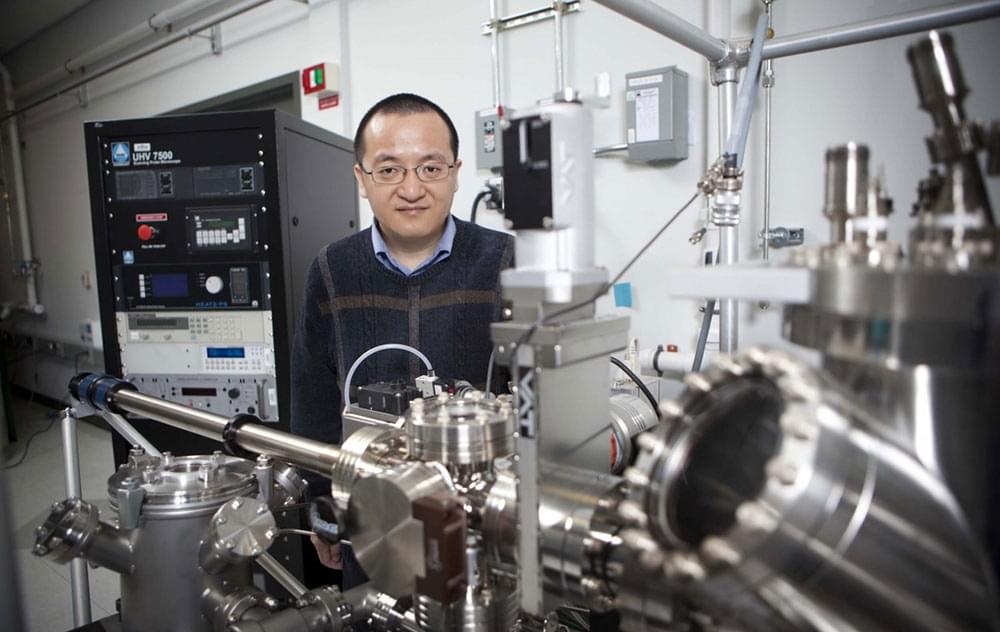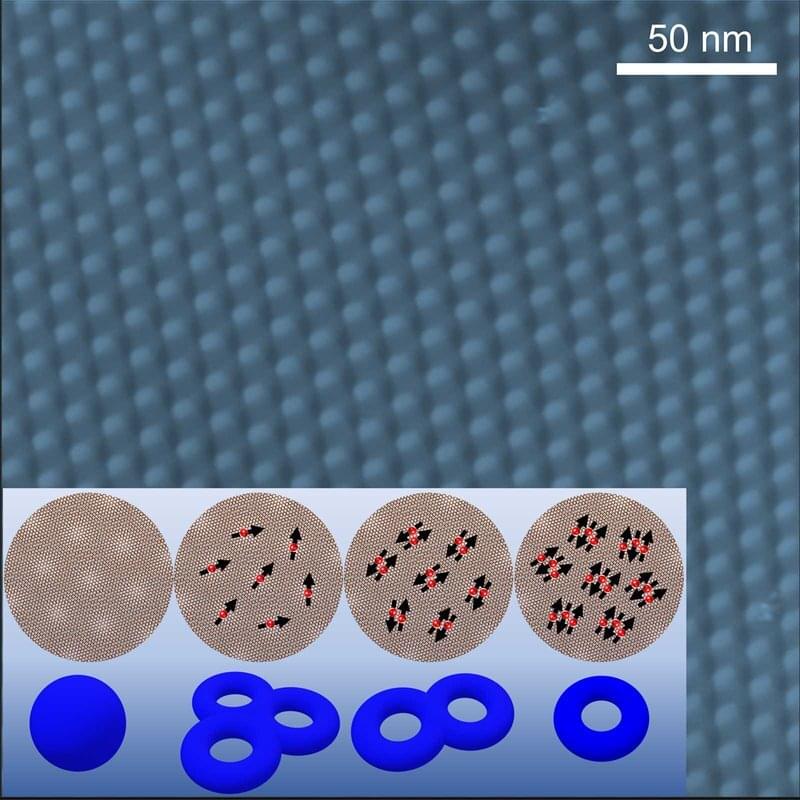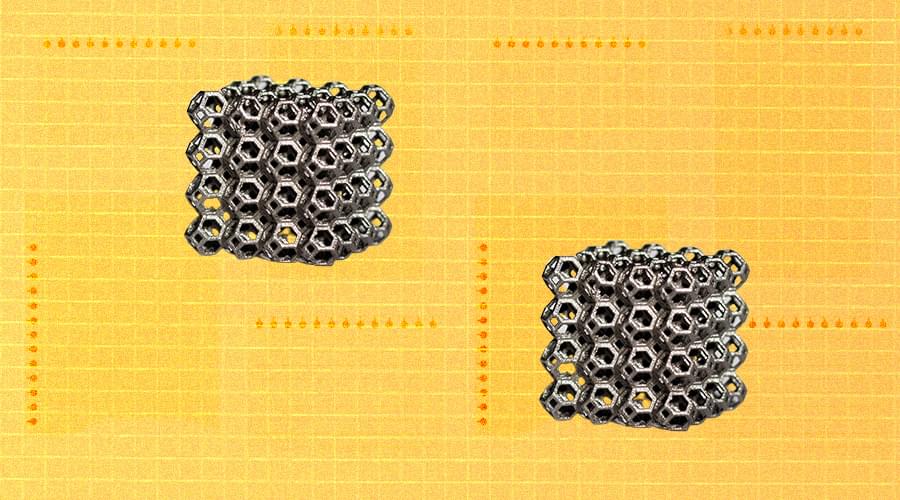Aug 16, 2022
Team reports giant response of semiconductors to light
Posted by Saúl Morales Rodriguéz in categories: electronics, materials
In an example of the adage “everything old is new again,” MIT engineers report a new discovery in semiconductors, well-known materials that have been the focus of intense study for over 100 years thanks to their many applications in electronic devices.
The team found that these important materials not only become much stiffer in response to light, but the effect is reversible when the light is turned off. The engineers also explain what is happening at the atomic scale, and show how the effect can be tuned by making the materials in a certain way—introducing specific defects—and using different colors and intensities of light.
“We’re excited about these results because we’ve uncovered a new scientific direction in an otherwise very well-trod field. In addition, we found that the phenomenon may be present in many other compounds,” says Rafael Jaramillo, the Thomas Lord Associate Professor of Materials Science and Engineering at MIT and leader of the team.
















